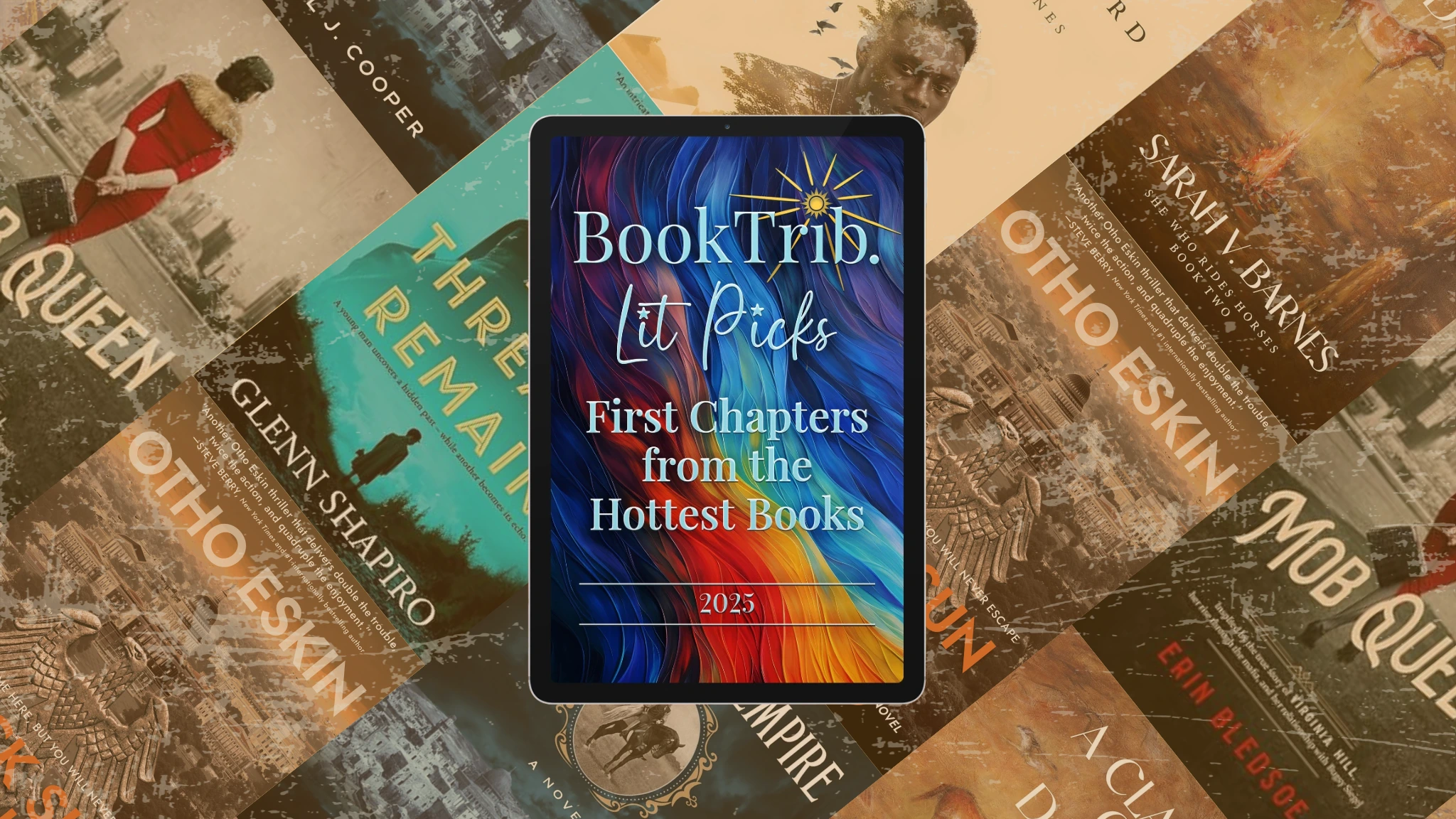Historical fiction has always been about more than the past. Sure, it gives us intricate settings, period details and characters shaped by a different world, but at its core, it’s about understanding the human experience in ways that transcend centuries. In today’s divided, fast-moving society, where history can feel distant or flattened into textbook bullet points, historical fiction brings nuance and empathy back into the picture. It reminds us that the past is not some frozen artifact but a living, breathing force that shapes who we are now.
And in the current literary landscape, some standout titles are proving exactly why the genre matters. They transport us to vastly different places and times, yet all reveal truths we still wrestle with today.
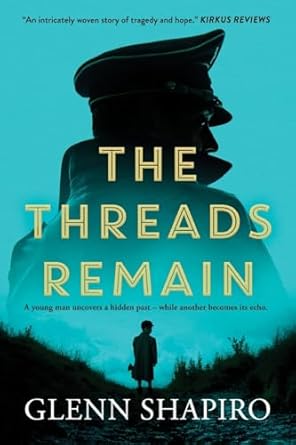
The Threads Remain by Glenn Shapiro
Take Glenn Shapiro’s The Threads Remain, which is set against the backdrop of Nazi Germany and the years following World War II. It’s not just a war story, though — it’s an exploration of conscience, resilience and legacy. Through the lives of Max and Gerda, a young Jewish couple trying to keep their toyshop alive, Josef, a teenage SS recruit questioning everything he’s been told, and Friedrich, a boy piecing together his family’s past, we see how history tangles strangers together in ways they could never predict. Shapiro doesn’t shy away from heartbreak, but he also doesn’t reduce his characters to symbols. These characters are fully human, flawed and relatable, all the elements that are needed to make the story resonate today. We still live in a world where people must decide, sometimes at great personal cost, what they will stand for.
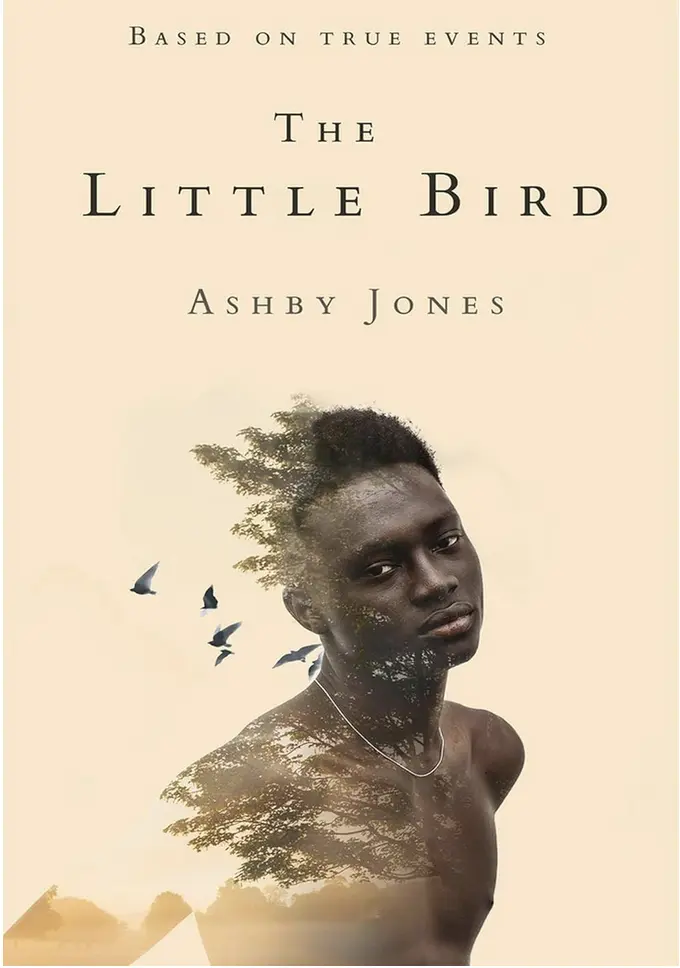
The Little Bird by Ashby Jones
If The Threads Remain deals with identity and moral choice in the shadow of global catastrophe, Ashby Jones’ The Little Bird pulls us into the intimacy of personal grief, injustice and unexpected connection. Set in Virginia across the 1960s and 70s, the novel revolves around Shane, a Vietnam veteran still haunted by the unsolved murder of his best friend — a Black teenager killed by a white police officer who faced no consequences — and Suzanne, the daughter of the failed prosecutor, whose own life has been fractured by loss. Jones weaves together themes of racial injustice, trauma and the fragile possibility of love, crafting a narrative that feels painfully relevant in today’s conversations about systemic inequity. The way the book moves between the deeply personal and the broadly political is exactly why historical fiction remains essential, not to mention that it bridges individual experience with societal patterns, showing us both the hurt and the hope.
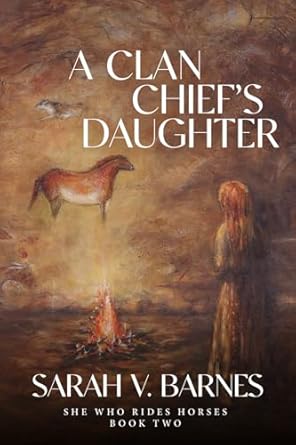
A Clan Chief’s Daughter by Sarah V. Barnes
Sarah V. Barnes’ A Clan Chief’s Daughter (Book Two in the She Who Rides Horses series) takes us further back than most historical novels dare — 6,000 years, to the Eurasian steppe. And yet, despite the distant setting, the story feels strikingly modern in its themes. Following Naya, the daughter of a clan chief and the first person to ride a horse, the novel explores power, loyalty and the human relationship with the natural world. There’s political intrigue, looming threats, as well as the tension between personal desire and communal duty. Barnes grounds the prehistoric world in meticulous research while allowing for the sense of wonder that comes from imagining a moment in history when everything changed — the domestication of the horse, the rise of new forms of leadership, and the seeds of cultural shifts we’re still living with. In an age where technology and environmental change are reshaping our own world, it’s fascinating to see those same seismic transformations playing out in an ancient context.
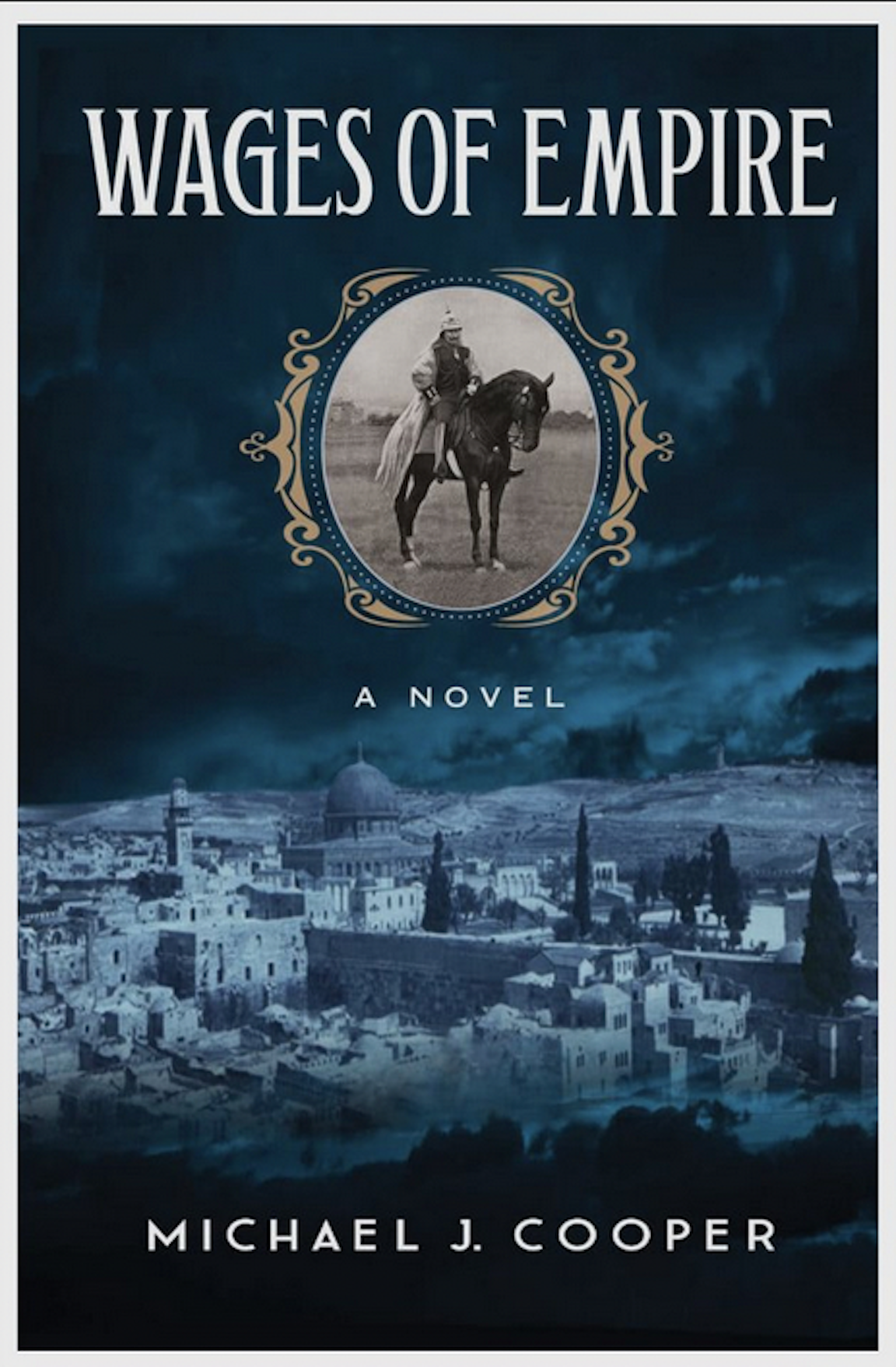
Wages of Empire by Michael J Cooper
Then there’s Wages of Empire by Michael J Cooper, which plunges us into the First World War but with a focus that expands beyond the Western Front. Through 16-year-old Evan Sinclair’s journey, the novel spans from European battlefields to Ottoman Palestine, where geopolitical ambitions collide in ways that foreshadow much of the 20th century’s turbulence. Cooper blends historical figures like Lawrence of Arabia, Winston Churchill and Gertrude Bell with a fictional coming-of-age narrative, capturing the ways young people are swept up in events far beyond their control. It’s a reminder that war is not just fought in trenches but also in boardrooms, deserts and cultural crossroads. Reading it today, it’s hard not to think about how much of our modern political landscape still echoes those early power struggles.
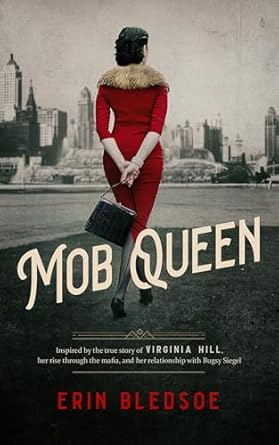
Mob Queen by Erin Bledsoe
Erin Bledsoe’s Mob Queen shifts the stage to 1930s Chicago, following Virginia Hill’s transformation from a small-town Georgia escapee to a major player in the Mafia underworld. What starts as a search for her missing friend turns into a journey into power, danger, and self-definition. There’s glamour here, yes, but also grit. The novel doesn’t romanticize organized crime so much as it examines the risks and compromises of navigating a male-dominated world where survival often comes at a cost. Bledsoe’s Virginia is sharp, ambitious and layered, embodying a kind of agency that’s both hard-earned and precarious. For modern readers, her story sparks questions about ambition, morality and the blurred lines between empowerment and exploitation.

Black Sun Rising by Otho Eskin
Finally, Otho Eskin’s Black Sun Rising reminds us that historical fiction has the ability to reach right into our present. This thriller uses the remnants of Nazi ideology as the driving force behind a contemporary plot, where Washington, DC detective Marko Zorn must stop a neo-Nazi conspiracy from triggering mass destruction. The result is a story that’s as pulse-pounding as any modern political thriller but anchored in the unsettling truth that history’s darkest chapters have a way of resurfacing. Eskin connects past and present with unnerving precision, showing how old hatreds adapt to new contexts and why confronting them is as urgent now as it ever was.
Together, these books demonstrate that historical fiction is not a niche genre for lovers of dusty archives. It’s a dynamic space where personal stories and global histories collide, where the past is used not as a backdrop but as a mirror and a warning. Whether it’s the moral crossroads of WWII Germany, the racial injustice of mid-century America, the cultural shifts of the prehistoric steppe, the geopolitical chessboard of WWI, the treacherous glamour of the Depression-era mob, or the dangerous persistence of extremist ideologies, historical fiction keeps us asking questions about who we are, how we got here and what we might do next.
